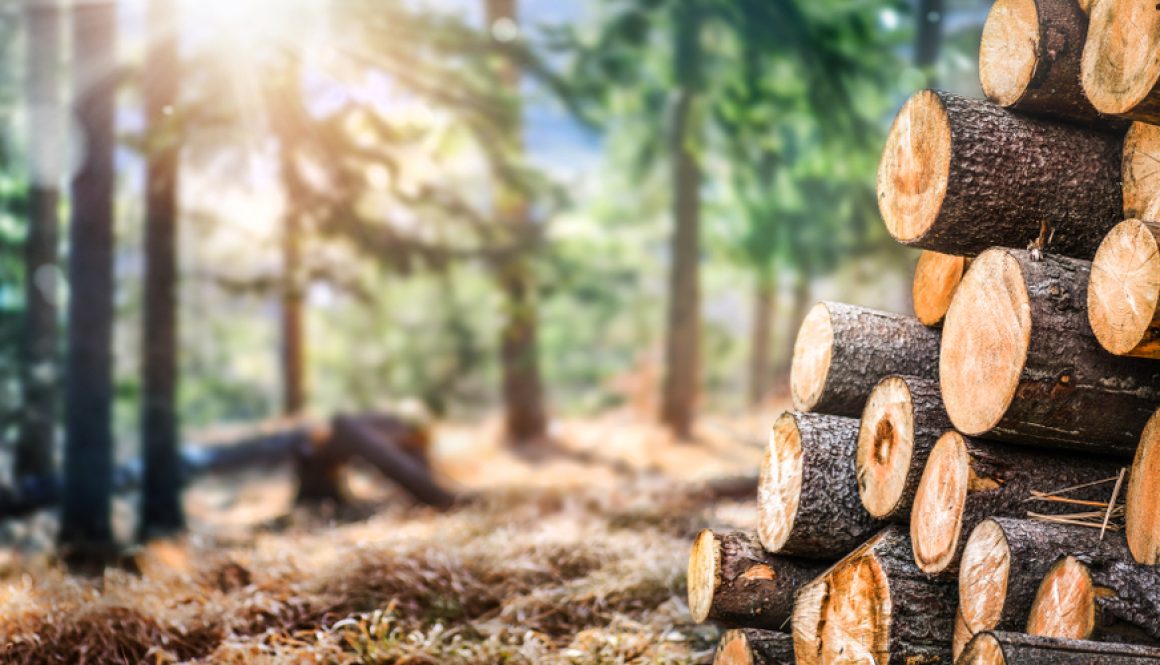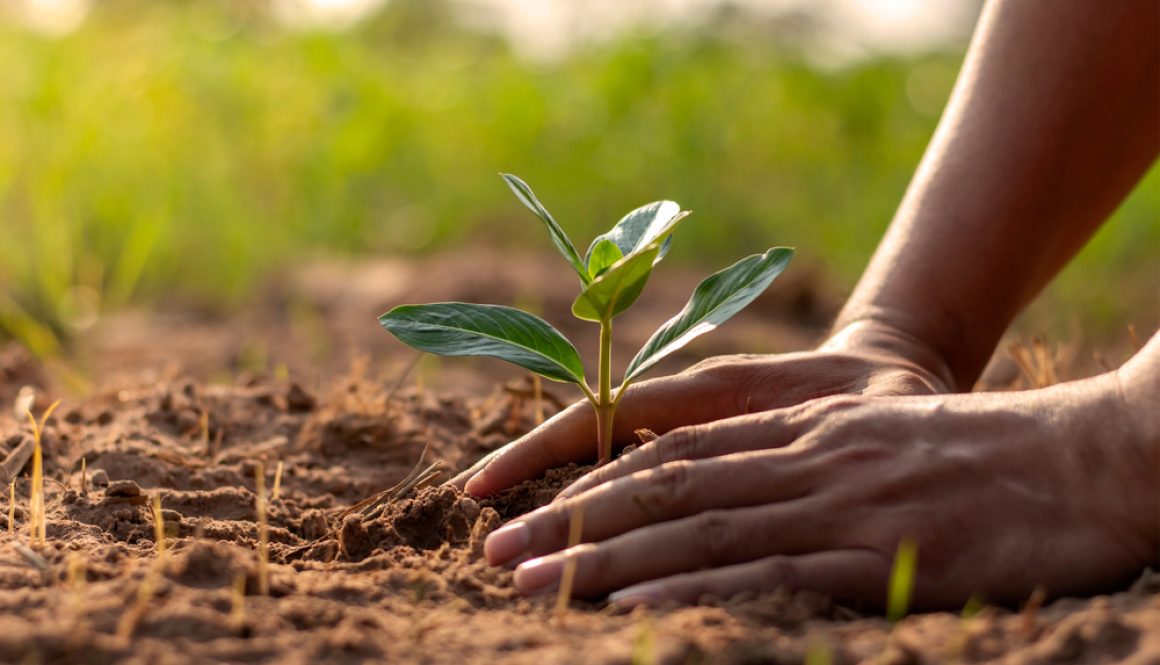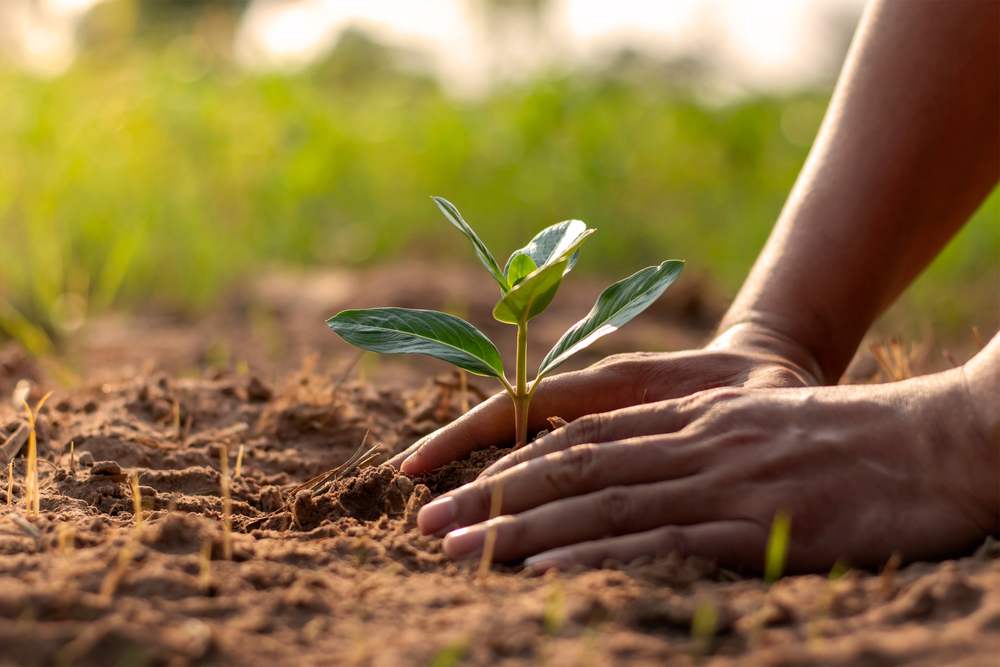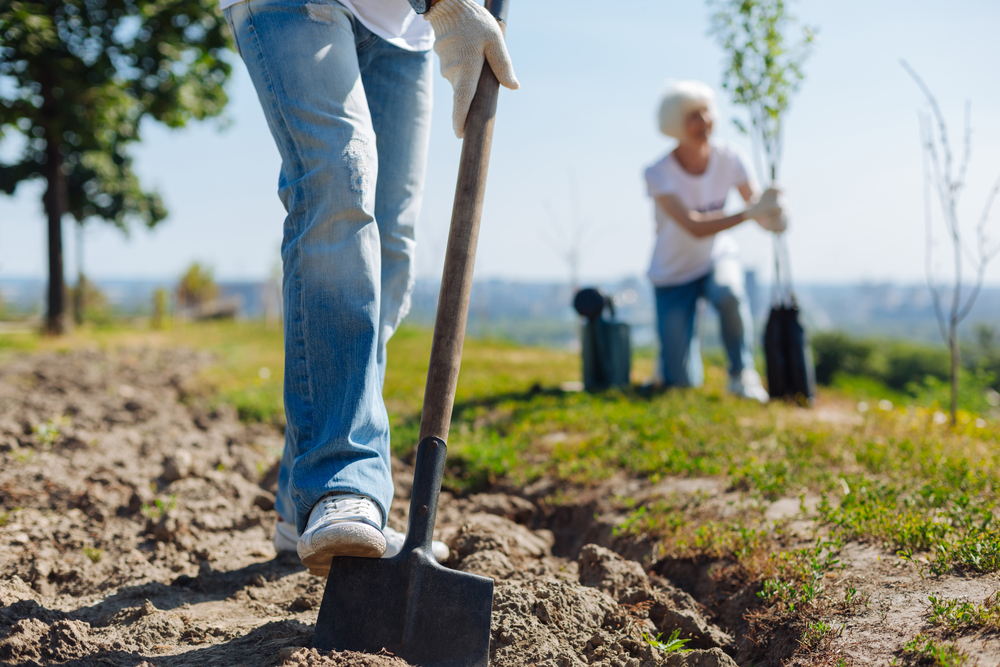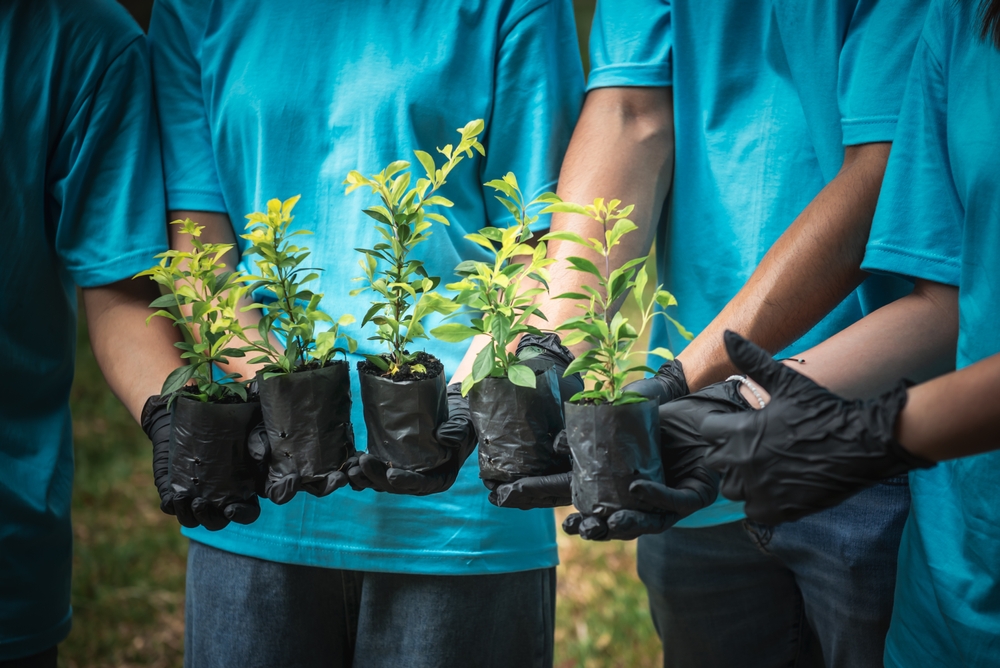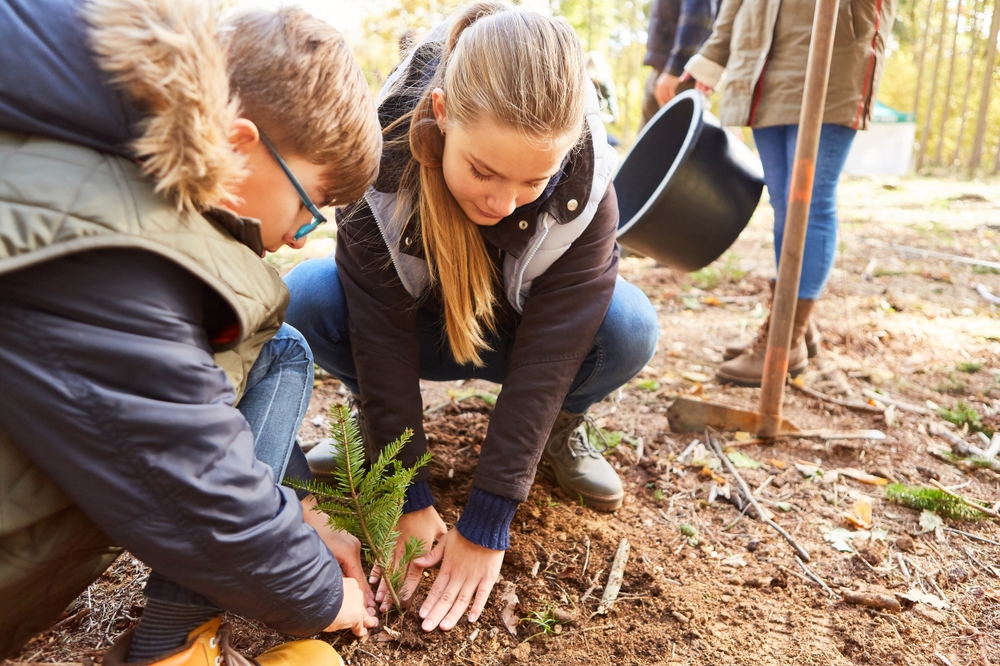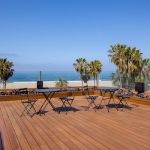The Paradox of Logging: Unveiling the Truth Behind What Forests Need to Thrive
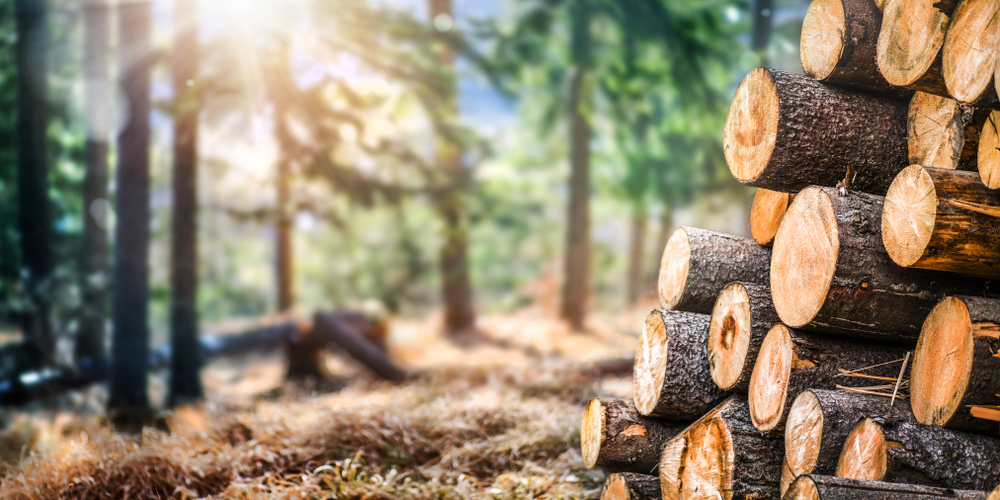
The Paradox of Logging: Unveiling the Truth Behind What Forests Need to Thrive
In an era where environmental consciousness takes precedence, the narrative around logging and forest management is often clouded with misconceptions. A perspective fueled by influential voices suggests that leaving forests untouched is the best way to combat climate change and preserve biodiversity.
Yet, experts from the Yale School of the Environment provide insights that challenge this narrative, in a 2022 article, revealing a more nuanced understanding of forest ecology and the role of logging in promoting forest health and resilience.
In the article, Yale Forest School’s Mark Bradford and Joseph Orefice provide a more intricate perspective that is often ignored in environmental spaces.
At Brazilian Lumber, we are deeply committed to preserving our forests and harvesting wood sustainably and responsibly. In this blog, we’ll delve into the three main points of the Yale article and walk you through the process we use to protect our forests.
What is Logging?
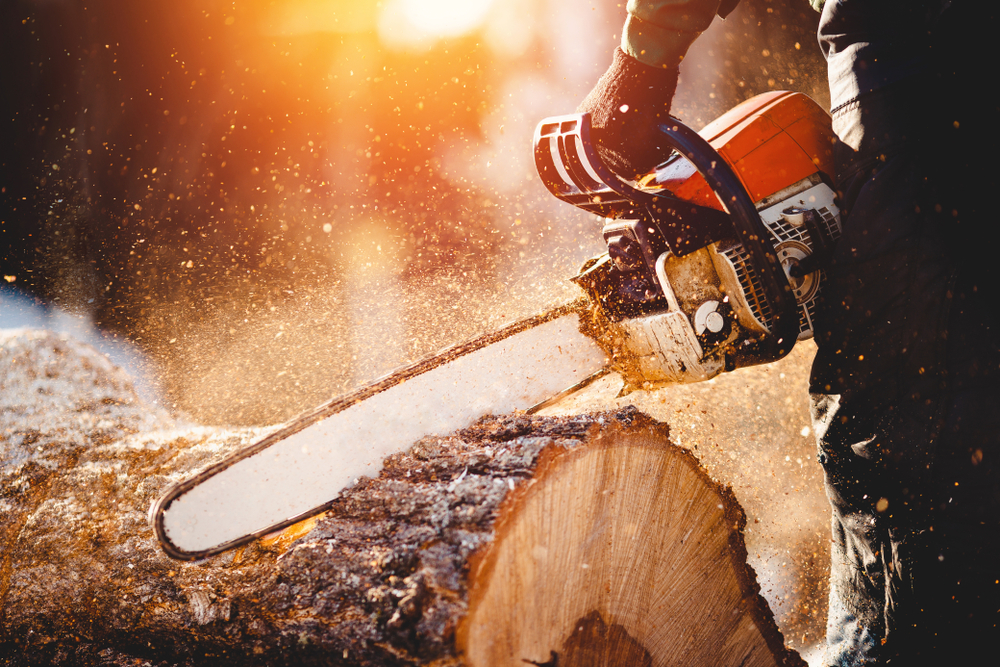
Logging refers to the process of cutting down trees, removing them from the forest, and preparing them for industrial, construction, or consumer use.
It involves several steps, including the selection of trees for harvest, cutting them down, processing the logs (which may include stripping the bark and cutting them into usable lengths), and transporting them to sawmills or other facilities for further processing or to market. Logging is a critical activity within the forestry industry, providing raw materials for numerous products such as paper, lumber for construction, furniture, and more.
While logging is an essential economic activity, it also raises environmental concerns. Sustainable logging practices aim to balance the demand for forest products with the need to preserve forest health, biodiversity, and ecosystem services. This includes techniques like selective logging, which targets specific trees while leaving the overall forest structure intact, and replanting trees to ensure the regeneration of forested areas.
What Makes a Forest Healthy?
To protect our forests, cutting down some trees is a necessity, according to Bradford.
“Just like thinning young carrots in your garden so that the remaining carrots grow well, when we cut trees as part of sound forest management, it is not a cause of deforestation nor degradation, but about the collective health of all the trees in the woods,” Bradford said.
Similarly, Orefice noted that “for us to be able to manage the forest, for us to make trees grow better, we actually need to remove some trees.” Trees need more room as they grow. Orefice added that cutting down one tree can actually give a viable, seed-bearing tree the opportunity to grow.
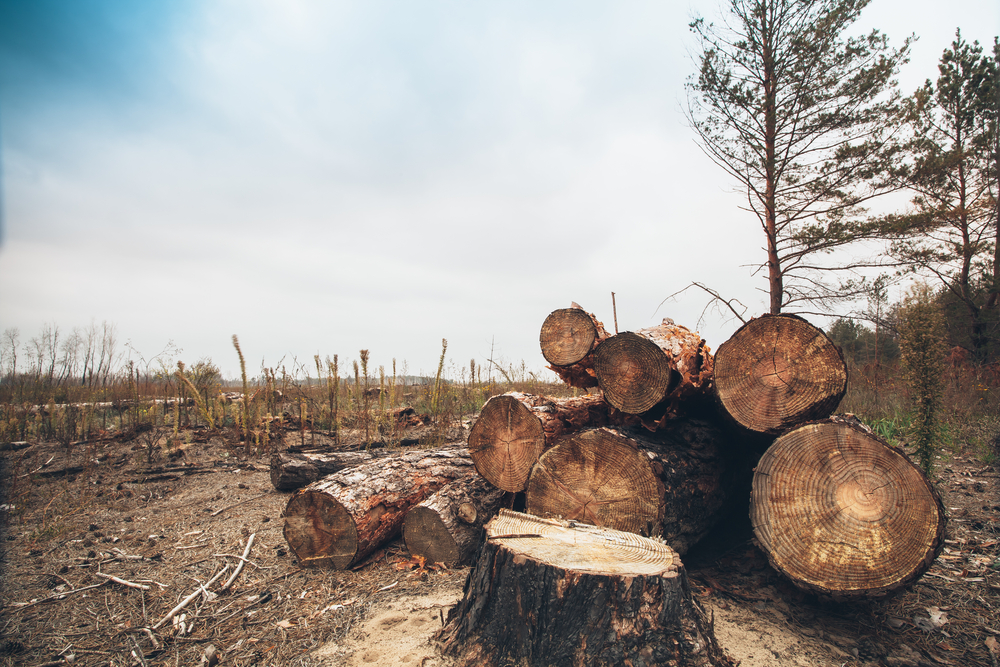
How Does Logging for Wood Products Affect The Environment?
There needs to be a distinction in place between logging and land clearing, according to Orefice. While land clearing makes room for development projects, such as housing and parking lots, logging is a key part of the management of forests.
To get a little technical, if a tree is logged or dies, the tree is no longer able to capture carbon, which leads to carbon entering the atmosphere. Orefice adds, “But carbon coming from trees is not the same as carbon coming from fossil fuels.”
While carbon will be released when a tree is cut, this will give the forest more opportunities to capture more carbon, as there will be more room for new, healthy trees to grow.
Moreover, wood plays a key role in transitioning from fossil fuels to sustainable products. Wood is the most sustainable construction material in the world, according to Orefice. When you compare wood to its industry alternatives, such as plastic, concrete, and steel, you can get a sense of wood’s sustainability in comparison to these materials that require intense use of fossil fuels.
To conclude, Bradford and Orefice argue that we can keep more carbon out of the atmosphere by cutting down mature, non-viable trees and making more room for younger, healthy trees to grow.
If We Left Our Forests Alone, What Would Happen To Them?
Without responsible forest management, forests may look the same, but they will be significantly less effective in capturing carbon and supporting our planet’s health, according to Bradford.
Orefice adds that there is no perfect solution to stop insect outbreaks, invasive species, fires, and other extreme weather conditions from occurring in forests. The biodiversity that responsible forest management brings to the table allows forests to recover from these naturally occurring disturbances faster than if we left our forests alone.
“Ultimately, people need forests more than forests need people, and forest management can provide some consistency today while ensuring resource options for future generations,” Orefice concludes the article.
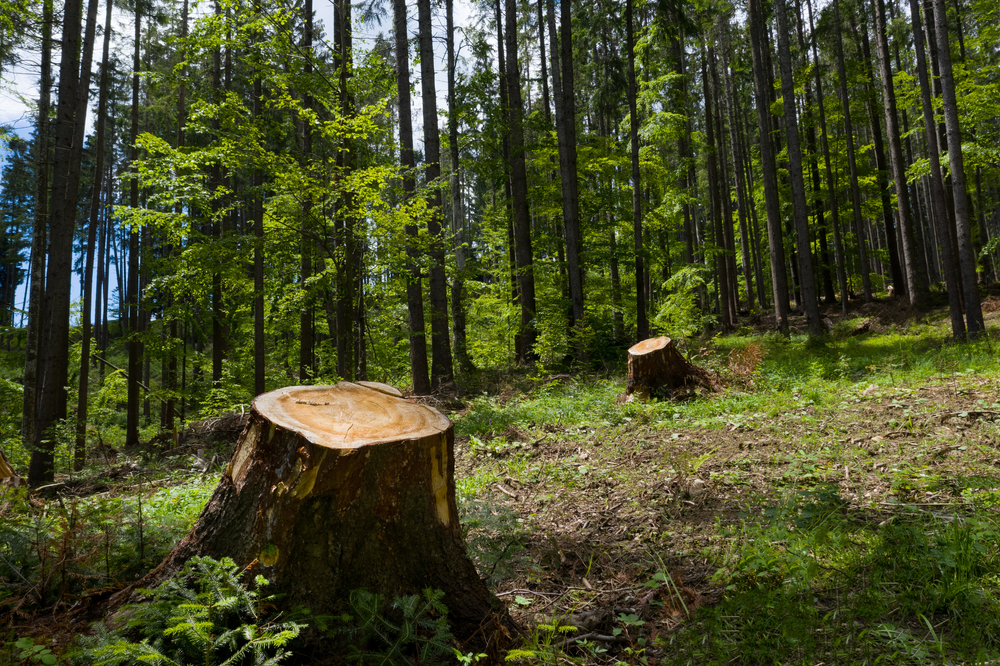
What Does Responsible Forest Management Look Like at Brazilian Lumber?
At Brazilian Lumber, we directly import our tropical hardwoods from South American forests. This includes our ipe, cumaru, and garapa woods, which are used for decking, siding, and other outdoor commercial and residential projects.
We understand that there are companies out there illegally harvesting lumber and, therefore, causing deforestation, which is why we pride ourselves on our transparency and commitment to sustainability.
All of our hardwoods are FSC-certified, meaning that our woods come from responsibly managed forests that our partners in South America have direct control over. This means we have a 100% chain of custody over the harvesting process.
The harvesting process looks like this:
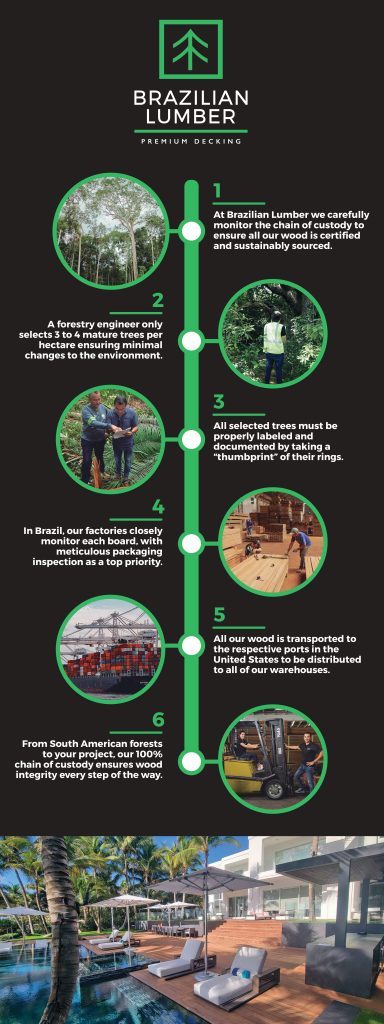
If you have any other questions about the harvesting process, please reach out to our team.

